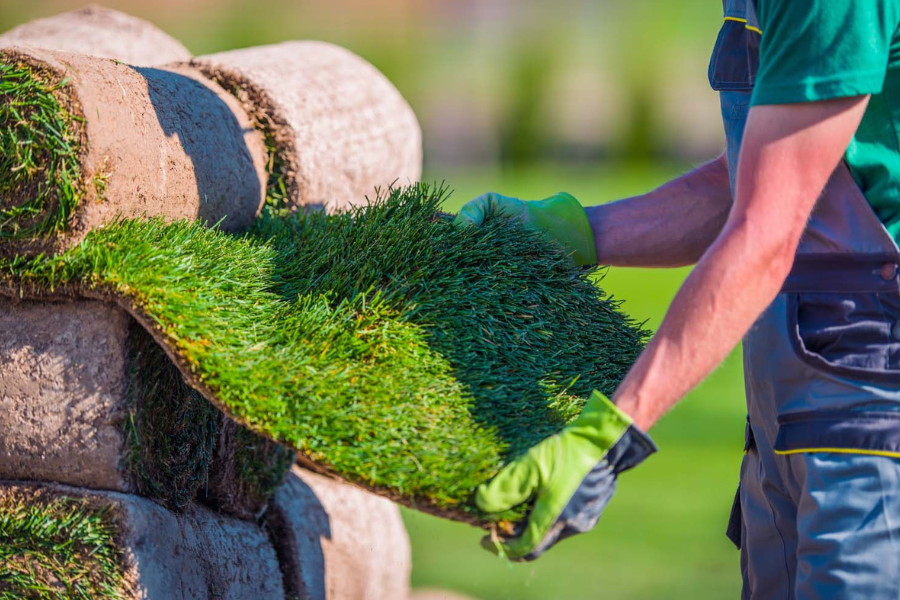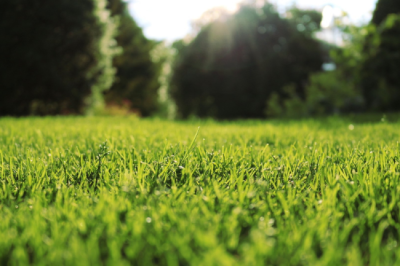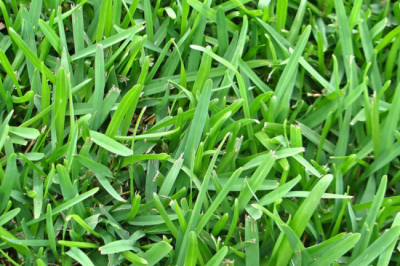When it comes to landscaping and creating a beautiful lawn, determining the right season and types of sod is important. The idea of planting sod in the winter might seem unreasonable to many homeowners. However, with proper care and consideration, winter sod installation, including various sod types, can be a viable option. In this article, we will understand if you can plant sod in the winter, the benefits, challenges, and essential sod installation steps at Atlanta Sod Farms.
Can You Plant Sod in the Winter? An Introduction
For homeowners looking to create a lush lawn, planting winter sod offers both a unique difficulty and an opportunity. This project, however unorthodox, makes use of the lower temperatures to promote strong root development. The advantages, difficulties, and crucial procedures for effectively planting sod in the winter will be discussed.
Benefits of Sod Plantation in Winter
Proper Root Establishment
One of the primary advantages of winter sod plantation is that the cooler temperatures provide an ideal environment for root establishment. While the visible growth may be slower during winter, the roots continue to develop beneath the surface, ensuring a strong foundation for the grass.
Reduced Weed Competition
Winter conditions typically lead to decreased weed competition, allowing newly planted sod to establish itself without facing the same level of competition it might encounter in the warmer months. This can result in a more successful and uniform lawn.
Availability of Professionals
Winter is considered the off-season for landscaping professionals, meaning you may have greater access to skilled labor and resources. This could translate to more attention to detail, and you can plant sod in the winter.
Challenges Faced When Planting Sod Grass
Frozen Ground Makes Soil Hard
One of the main challenges of installation of sod in winter is dealing with frozen ground. If the soil is too hard, it becomes challenging to lay and establish the sod properly. It is crucial to choose a period when the ground is partially frozen or covered with snow.
Slower Visible Growth
While the roots are establishing themselves in winter, the visible growth of the grass is slower compared to the warmer months. Homeowners should be patient and understand that the full benefits of a winter sod plantation may not be immediately apparent.
Watering Challenges During Plantation
Winter conditions can lead to challenges in maintaining proper soil moisture. Adequate watering is crucial for sod establishment, and homeowners may need to be vigilant in ensuring that the sod receives enough moisture without overwatering.
Essential Steps for Winter Sod Installation
Step 1: Soil Preparation
Before laying sod, it's essential to prepare the soil. Our experts at Atlanta Sod Farms will clear the area of debris, level the ground, and ensure proper drainage. Loosening the soil will facilitate root growth.
Step 2: Choose the Right Sod
Select cold-tolerant grass varieties suitable for winter planting. Selecting the ideal sod for your location can be aided by consulting a local nursery or landscaping specialist.
Step 3: Timing is of the Essence
Choose a window of time when the ground is not frozen. Ideally, late fall or early winter is the best time to lay sod. Monitor weather forecasts and plan accordingly.
Step 4: Proper Watering
While the visible growth may be slower, consistent watering is crucial during winter. Ensure the sod receives enough moisture to promote root establishment. Watering in the early morning days when the temperature is above freezing is advisable. Planting sod in winter can be a rewarding endeavor if approached with careful planning and consideration. The benefits of root establishment and reduced weed competition can lead to a healthier and more resilient lawn. However, it's essential to navigate the challenges posed by frozen ground and slower visible growth. Consult our experts on the website to learn if you can plant sod in the winter.
Frequently Asked Questions
Can I plant sod in the middle of winter?
While it's generally not recommended to plant sod in the coldest part of winter, late fall and early winter can be suitable times. Choose a period when the ground is not completely frozen, monitor weather conditions for the best results, and can you plant sod in the winter.
What type of grass is best for winter sod installation?
Winter sod installation works best with cold-tolerant grass species such as Kentucky Bluegrass, Fescue, and Ryegrass. Find out which kind of grass is ideal for your area by speaking with knowledgeable locals.
How often should I water the sod during winter?
Consistent watering is crucial for sod establishment, even in winter. Water the sod in the early morning on days when the temperature is above freezing. Monitor soil moisture and adjust watering frequency accordingly.





